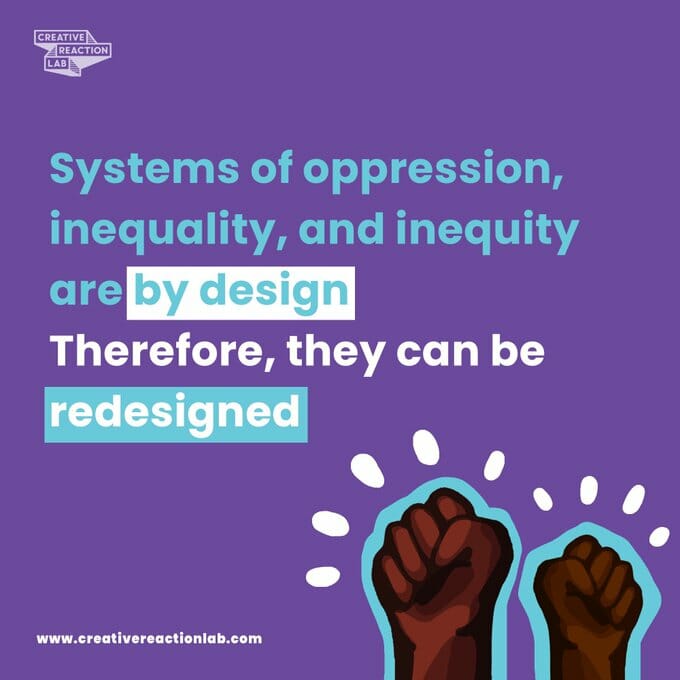
Design for Equity

Many might not associate social justice with course design. However, designs of learning experiences that are not established on equity and accessibility adversely affect disenfranchised students. As equity designers, instructors need to first notice and acknowledge their own relationship to power and knowledge before empathizing with learners to eliminate unnecessary obstacles. Once systems and structures of discriminatory course design are identified, they can be re-designed
-Antoinette Carroll @CRXLAB
How to Design for Equity
Create A Sense Of Community And Belonging

|
- Reflect on your identities and those of your students to manage the impact of biases
- Eliminate microaggressions in learning environments
- Address imposter syndrome and teach students how to tackle problems so they don’t assume they are the problem
- Create inclusive learning environments through language and representations in course materials and actions in the classroom
- Address students by their pronouns and preferred names and pronounce them correctly
Use this checklist to ensure you’re creating a sense of community and belonging. |
|
Design Accessible Course Materials

|
- Ensure students have access to appropriate technology and materials
- Make course materials mobile friendly
- Create course content that is ADA compliant
- Adopt Universal Design principles
- Provide OER materials
Use this checklist to ensure you’re creating accessible course materials. |
|
Model and Support Success

|
- Provide opportunities to interact with students
- Connect students with professionals in the field
- Model for students what success in your field looks like
- Provide models for etiquette (email, online meetings etc)
- Embrace resilience by building opportunities to fail and learn from failure
Use this checklist to ensure you’re supporting student success. |
|



